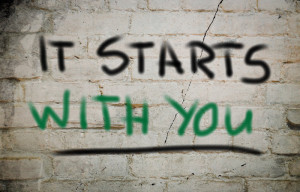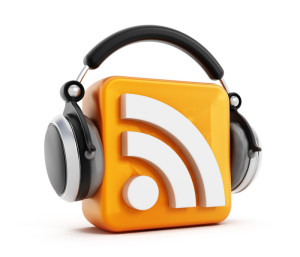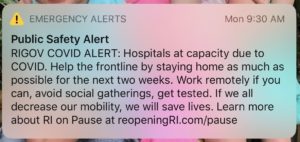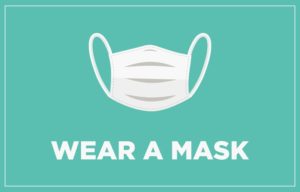Posting pictures of sunflowers and the colors of the Ukrainian flag are all signs of support. And yes, the free world and the autocrats need to see that support. But there is more you and I can do. Here are two resources to check out:
Call to Action: How the Health Community can Help Efforts in Ukraine is on March 3, 11AM ET sponsored by HLTH – you can register here. Description of the webinar:
As healthcare professionals, we can help via coordinated effort with Ukrainian Ministry of Health and state enterprise Medical Procurement of Ukraine. By now, Ukraine used all of its available medical supplies; deliveries to the country situated in the middle of Europe are severely disrupted.
We are hosting the webinar on Thursday, March 3rd during which our panelists will be able to provide clear instructions of what supplies are needed and how to ship them to Ukraine, as well as answer any of your questions. You will hear from:
Moderator:
– Anna Levchuk – Member Of The Supervisory Board, Member Of The Supervisory Board,
State Enterprise Medical Procurement of Ukraine
Speakers:
– Arsen Zhumadilov – CEO of Medical Procurement of Ukraine
– Graham Stewart – Head of Supply Chain Delivery at Department of Health and Social Care, UK
– Kateryna Babkina – an award-winning Ukrainian poet and a refugee who drove from shelled Kyiv to Poland with one-year-old in tow
Please join the webinar to learn how you can help. Share this information with your colleagues in patient access, social responsibility, and sales departments.
From the Global Citizen, “22 Meaningful Ways You Can Help Ukraine” by Khanyi Mlaba and Tess Lowery on February 24th.
The article opens with this statement, “While many of us might feel helpless when confronted with geopolitical machinations of this scale, we’ve rounded up some ways you can help the people of Ukraine right now.” It includes ways to donate, take action, and stay informed.
Babies being born in subways that have become shelters. NICU babies being cared for in a hospital shelter. Innocent people including young children being killed and wounded. These are difficult images to watch. But it is happening. The strength and resilience of the Ukrainian people is inspiring. As global citizens, the fight for democracy and freedom is one we all must support.








